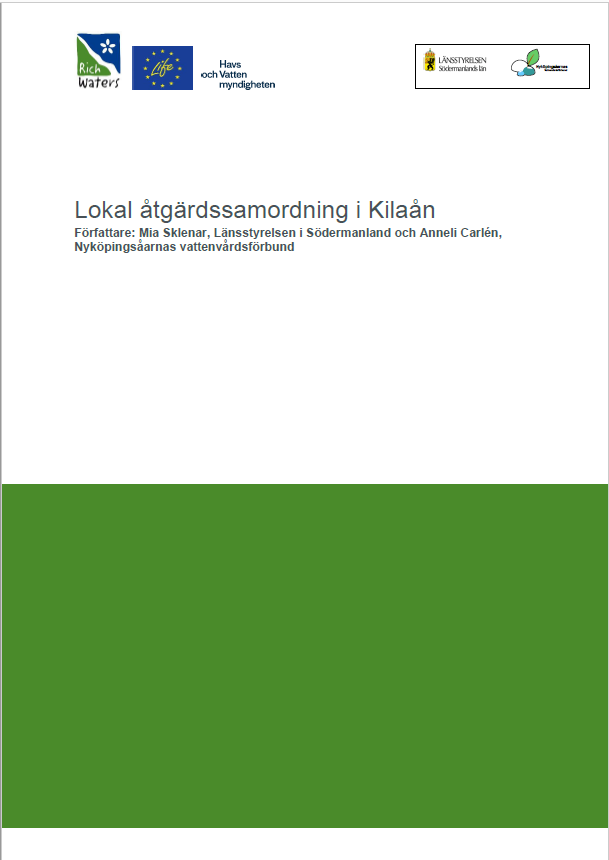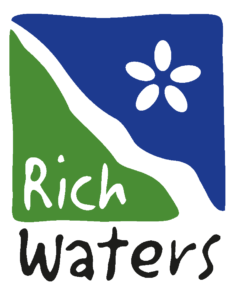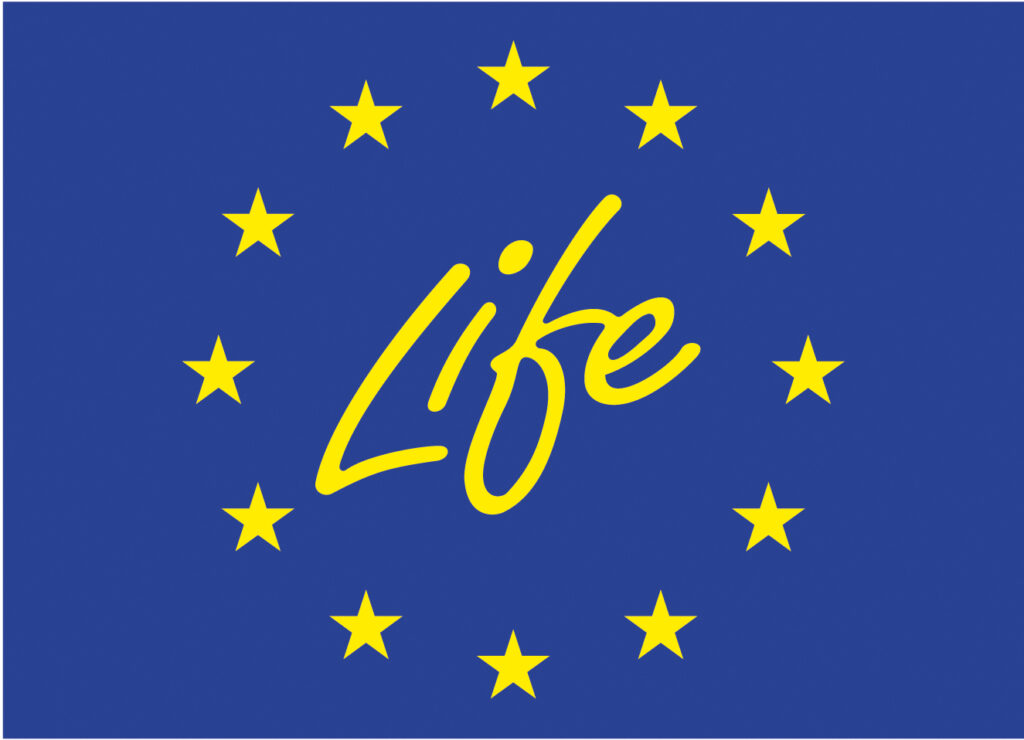
Read the full report in Swedish
Summary
Kiladalen is an old agricultural area with major eutrophication problems in lakes and streams. Within LIFE IP Rich Waters, the Nyköpingsåarnas water management association, NYV, in collaboration with the county administrative board in Södermanland, LSTD, has started a local water office. The office worked mainly to bring about local measures against eutrophication in Kiladalen and provide support in applications to improve the aquatic environment, help with the basis for permit applications, fieldwork, and geographical analyses of soil and water conditions. Inspiration days and workshops are also arranged. The work has been based on a strong local commitment from farmers and landowners.
The project was part of a larger sub-project to reduce nutrient leakage from agricultural land through measures in three catchment areas, where different models for action coordination are tested. The subproject had a strong link to the LEVA project, which the Swedish Maritime Administration launched, HaV, in 2019. the Nyköpingsåarnas water management association had a LEVA coordinator who worked in parallel in other areas.
The number of people reached in the project has been about 270. The project in Kiladalen has resulted in the formation of a new local water group, Bålsjön’s water management association and Kiladalen’s water management association have been recast and the work has been more focused on action coordination.
Several workshops and meetings have been held within the framework of the local water office.
Several grant applications have been made in collaboration with local actors, some of which have been rejected and some have been granted.
The results have been communicated as lessons learned in a checklist for successful bottom-up work. (Deliverable 48, Report on evaluation of the action, lessons learned, and continuation after the end of the project). The checklist can be used in other projects where cooperation with local associations and landowners needs to be carried out, for example by county administrative boards or water management associations.
The local water office work has resulted in an action plan named Kila on! It is a good basis for continued development and local anchoring of action proposals. The action plan will be able to continue to be developed even after the project completion by the various actors in the area, as each after these measures are implemented, new ideas take shape.
The work in the river basin of Kilaån will continue after the end of Rich Waters.


